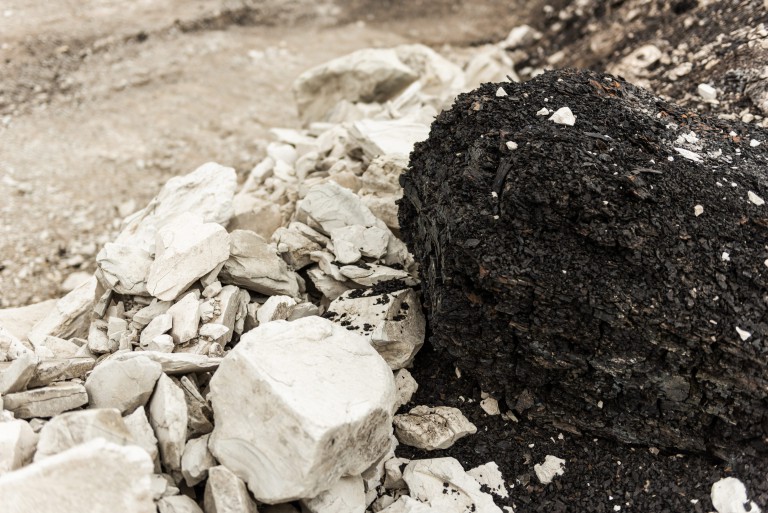Declining bee populations have recently been linked to the use of chemical insecticides.
In fact, studies have shown that insecticides such as imidacloprid and thiamethoxam negatively effect a bee colony’s ability to reproduce as well as the bees’ homing instincts.
A study conducted by the Harvard School of Public Health dusted sixteen hives with imidacloprid, a common neonicotinoid insecticide. It was found that, after six months, fifteen of the sixteen hives died, with those hives that were exposed to the highest levels of the insecticide dying first. The study concluded that a direct link exists between the use of insecticides and the loss of bee colonies. In response to these claims the producer of imidacloprid suggests that the study is incorrect and that these losses are caused by many factors including varroa mites, disease inadequate nutrition and loss of genetic diversity.
However, independent studies published in Britain and France have also found similar results.
In Britain bumblebee colonies treated with imidacloprid saw an 85% decline in queen bee production, limiting the hive’s ability to reproduce.
In France a seed treatment insecticide known as thiamethoxam was found to interfere with the bees homing instincts. In fact, bees from colonies that were treated with the insecticide were two to three times more likely to die away from their hive.
In response to these convincing results, talks of banning certain insecticides have begun in both France and Britain.
In an effort to limit the use of chemical insecticides, individuals continue to search for alternative methods of pest control. One method that has become increasingly popular among organic growers is the use of food grade diatomaceous earth. Farmers and gardeners find the product to be a very effective natural solution for protecting their crops against crawling insects.
For more information on Diatomaceous Earth and natural insecticides, please visit: natural diatomaceous earth insecticides
Image by blumenbiene


